BIENNALE’S PROJECTS – MINISTRY OF CULTURE OF RUSSIAN FEDERATION
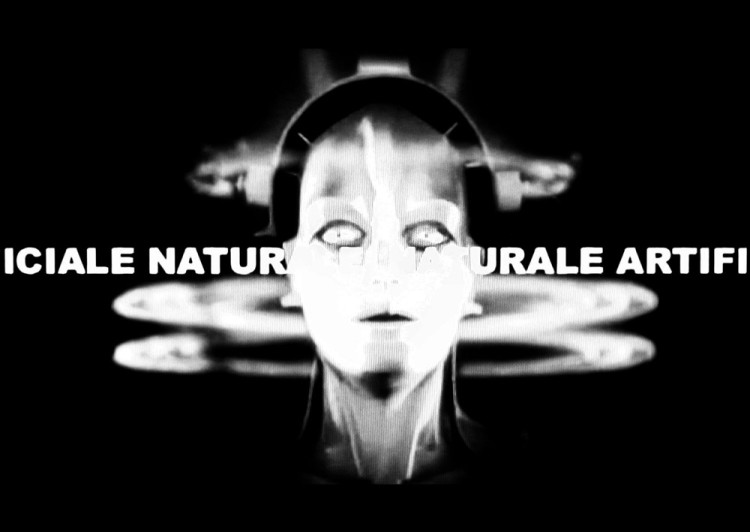
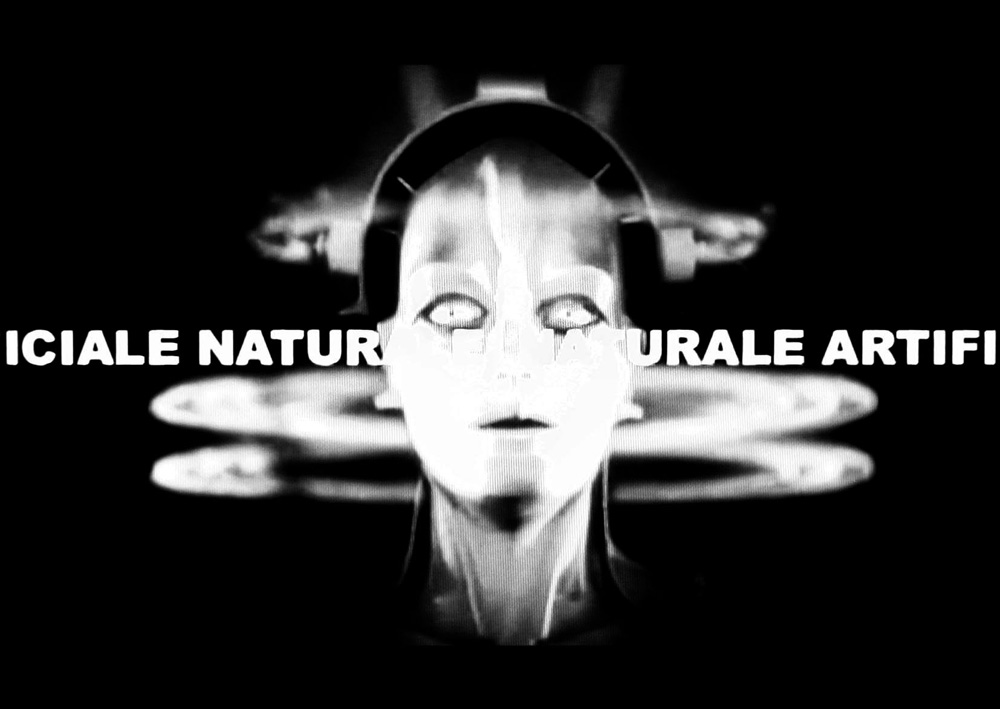
MINISTRY OF CULTURE OF RUSSIAN FEDERATION
VOLGA REGION BRANCH
OF NATIONAL CENTER FOR CONTEMPORARY ARTS
SAMARA REGIONAL PUBLIC CHARITABLE FUND
«CENTER FOR CONTEMPORARY ART»
BIENNALE’S PROJECTS
http://www.shiryaevo-biennale.ru/
Main biennale’s project: International creative laboratory “Screen: between Europe and Asia” and Nomadic Show
Shiryaevo village, samara region
10.08 – 24.08.2013
Curator: Nelya Korzhova
Artists: Hanns-Michael Rupprechter, Pia Maria Martin, Susanna Messerschmidt, Ann Edholm, Tom Sandqvist, Astrid Nylander, Calle Holck, Gustav Hellberg, Johanna Karlin, Magnus Petersson, Swetlana Heger, Katrin Hornek, Martial Verdier, Gabriel Feracci, Lewden Martin, Joonas Andrus, Billeneeve, Vito Pace, Pier Paolo Patti, Ciro Vitale, Nicola Genovese, Alexander Zaitsev, Mikhail Lezin, Ivanhoe, Heath Bunting
Exhibition’s program in Samara:
Art exhibition: Screen / Scape
Art Center gallery
09.08 – 25.08.2013
Curators: Jean-Louis Poitevin, Martial Verdier / France/, founders of online magazine of TK-21 LaRevue
Artists: Sophie Aboulkasem, Ulice Deborne, Alexandrine Boyer, Philippe Fabian, Chan Kai-Yuen, Christophe Galatry, Chang Seo-Young, Gao Jie, Chen Mei-tsen, Ha Taebum, Chong Jae-Kyoo, Jean-Guy Lathuiliere, Maitresse Cindy, Sophie Lecomte, Benedicte Plaige, Salvatore Puglia, Daphnй Le Sergent, Jacques Robert, Xavier Lucchesi, Philippe Soussan, Maud Maffei, Damien Vallero, Oh Jaewoo, Martial Verdier, Olivier Perrot.
For its eighth edition, «Screen: Between Europe And Asia», the Shiryaevo Biennale of Contemporary Art asked Jean-Louis Poitevin and Martial Verdier, founders with with Pierre Benielli of the online journal, TK-21, to present a program of photography and video works, and to invite three artists to work in situ.
They chose to show a very open selection of artist works from various parts of the world.
The title of the biennial directly inspired the theme, and guided the choice of works.
The notions of «screen» and «scape», are two of the main questions of TK-21 LaRevue.
The question of implicit and explicit stages which at the same time allow the look to exist, determine it and limit it.
By making the «screen» our «scape», we transform every part of our lives into a «scape» which most glorious outcome is to become the endless flow coming on «screen» in our cities and our homes, in our brains.
By presenting oriental artists from China and Korea in particular, we not only wanted to meet the general theme of the biennial, but also to show works and artists unknown in Europe.
Finally, we wanted to translate this general frame of thinking through examples both varied and meaningful.
Landscreen / Monster scape, Memoryscreen / Unforgettable scape, scape Object / Life screen, Body scape / Eros screen, Bodyscreen / Inside scape, City screen / Abstract scape, Scape as Screen / Screen as Scape.
Through these titles we wanted to also give a sometimes funny sometimes tragic picture, always intense power lines that run our world, but also through our minds and our bodies.
But the greatest guest of this exhibition is the «image» itself, ghost notion that echoes in us to this «obscure object of desire» everywhere and nowhere grasped. As if we wanted to perform the somewhat crazy idea of building a «picture» of the «image» both radical and disturbing.
Jean-Louis Poitevin
Art exhibition: HAVE THE WANDERERS OF YESTERDAY BECOME TODAY’S BACKPACKERS?
Victoria Gallery
9.08 – 25.08.2013
Curator: Martin Shcibli /Sweden/
Artists: Krzysztof Żwirblis, Lukasz Surowiec, Klas Eriksson, Oliver Ressler, Hiwa K, Calle Holck, Tania Brughera, Juan Castillo, Anastasia Ryabova
Association for Travelling exhibition, a group of artists that organized themselves 1870 in order to on the one hand protest against the more academic art world at the time, on the other hand they also wanted to connect to a larger audience. The group is more known under the name the wanderers (the Peredvizhniki).
The wanderers were interested in depicting the real social situation at their time. The artists were socially engaged in the unjust situation at their time. The farmers, worker, the poor, etc functioned both as a motif for the artists, as well as an intended audience. The artists wanted to reach out to people outside the more elastic art world and make a positive contribution. The motifs are aimed for a more or less realistic image of the motifs, without any hidden agendas. In that perspective, their art was less revolutionary as later Malevich and the Russian Avante-garde. On the other hand, in the final exhibitions, the works of the wanderers were usually presented in a more traditional exhibitions format, and sometimes with an entrance fee, that once again excluded the poorer audience, that was the aim from the beginning. The painting was functioning as some kind of screen presenting the real, and at the same time, enabled also viewer to both be part of the real, without being in it. The surface – or the “screen” – worked in both directions.
Today, this question on how to reach out to an audience is still valid, and to some the most important question of today, the artist, the institutions, the curators, usually want their works and exhibitions to be important to more people than just those belonging to the specific art world, and the audience that are used to go for exhibitions.
Today, more and more artists are travelling the world, with a more intense speed between the destinations then their earlier colleagues. Participatory projects are now standard procedure in every biennale. The question could be raised as follows: Have the wanderers of yesterday, become today’s backpackers, artists that travel around the world, and engage themselves in participations involving an audience, both as the subject of the art project, and as the specific audience for the project.
This exhibition aims to give an introduction and an orientation on different artistic strategies to engage with an audience. Many of these projects both serve as interventions in the real world, and simultaneously, as artworks, and as such, they could be defined as suggested social models for the future.
The exhibition will include artists from different countries and generations like.
Project: Arisen from nowhere
Gallery “New Space”
25.08 – 09.09
Curator: Vladimir Potapov
Project Vladimir Potapov film “Arisen from nowhere” explores the situation of contemporary art, Russian art has developed in the context of recent years. The film consists of a series of interviews figures of contemporary art and young artists practicing contemporary art. Interviewees answer 5 questions about contemporary art. The project’s objective: to explicate the principles and functioning of a modern painting practice.
Interviewees: Andrei Erofeev, Dasha Kamyshnikova, Valentin Dyakonov, Alexander Evangely, Vitaly Patsyukov, Vladimir Dubosarskiy, Dmitry Gutov, Nikola Ovchinnikov, Julia Ivashkina, Valentine Weaver, Vick Begalskaya, Egor Koshelev, Vlad Kulkov, John Ivy and others.
Fragmentation of the project participants on the status and prospects of contemporary painting shows the ambiguity and complexity of the problem, which requires careful study and systematization.
Art exhibition: TLG 2.0
Modern Museum
25.08 – 09.09.2013
Curator: Susanna Crispino /Italy/
Artists: Bruno Di Lecce, Giuseppina Esposito, Giulia Giannola, Giuseppe Manigrasso, Vito Pace, Mauro Rescigno, Angelo Ricciardi, Roxy in-the-Box, Nello Teodori, Angelo Volpe.
As a reference to the Biennale concept, TLG 2.0 – Through the looking glass 2.0 idea arises from the multiple functions of the “screen”: on the one hand, it “divides” two realities (specifically the real world from its projection), on the other hand it allows – as a monitor – a double-quick transmission of information through television and, above all, through the web.
As a consequence, every event loses its uniqueness and significance becoming a drop in a sea of other events, in a perpetual synchronization that reduces and flattens everything in an eternal present causing a loss of perspective, history, importance.
In the meantime, the speed of communication itself and the related independence of the sources (anyone can post photos, videos and accounts on the web, in honour of the citizen journalism) let be anyone who wishes to up-to-date on any event in every corner of the world or nearly so. As a result, the so-called “international public opinion” is heavily influenced, in a way that would have been unthinkable a few decades ago and may not be considered free from manipulation.
In other words, while we all are virtually well-informed (an “all” that means those who have access to satellite TV and a fast web connection), on the other hand, the large amount of information makes it difficult to distinguish between the truth and the mystification, the information and the deformation and, ultimately, no one can be sure that reality is as it appears on the screen.
The title of the project takes a leaf from Lewis Carroll novel “Through the looking glass and what Alice found there” the classic novel of English literature where Alice goes through the mirror in her house and finds a world that looks like her own world, but it is very different.
This could be comparable to our experience with the screen or the monitor: we see something that looks like familiar, but -be it a film, or web news or photos- it can be very different.
We all are Alice, sometimes scared of the images, sometimes fascinated, but never neutral.
We do confront the images on the screen, but sometimes -especially when images come from a reality far away from our ordinary world- we can understand them only partially.
Actually, the East and the West could find a relation between their reality, but they will never understand the images in the same way.
The abbreviation TLG concerns to the web habit to put everything in acronym, that is a brand new way to communicate, but sometimes it makes us loose the real sense, the essence or the meaning of the word.
The attribute 2.0 is the conventional way to describe a particular web codification, that it is based on the sharing of everything, from information to images, and so on.
TLG 2.0 looks like the name of a program release or patch; it seems familiar but it is not. It’s like a criticism to the impoverishment of the language that often runs into ridiculousness.
The subtitle “Through the Looking-Glass” has the task of clarify or reveal the joke and makes us meditate upon the ambiguity of the language and the images we watch on the screen.
Susanna Crispino
.-.-.-.
MINISTRY OF CULTURE OF RUSSIAN FEDERATION
VOLGA REGION BRANCH
OF NATIONAL CENTER FOR CONTEMPORARY ARTS
SAMARA REGIONAL PUBLIC CHARITABLE FUND
«CENTER FOR CONTEMPORARY ART»
PROGETTI BIENNALE
Main biennale’s project: International creative laboratory “Screen: between Europe and Asia” and Nomadic Show
Shiryaevo village, Samara region
10.08 – 24.08.2013
Curator: Nelya Korzhova
Artists: Hanns-Michael Rupprechter, Pia Maria Martin, Susanna Messerschmidt, Ann Edholm, Tom Sandqvist, Astrid Nylander, Calle Holck, Gustav Hellberg, Johanna Karlin, Magnus Petersson, Swetlana Heger, Katrin Hornek, Martial Verdier, Gabriel Feracci, Lewden Martin, Joonas Andrus, Billeneeve, Vito Pace, Pier Paolo Patti, Ciro Vitale, Nicola Genovese, Alexander Zaitsev, Mikhail Lezin, Ivanhoe, Heath Bunting
Exhibition’s program in Samara:
Art exhibition: Screen / Scape
Art Center gallery
09.08 – 25.08.2013
Curators: Jean-Louis Poitevin, Martial Verdier / France/, founders of online magazine of TK-21 LaRevue
Artists: Sophie Aboulkasem, Ulice Deborne, Alexandrine Boyer, Philippe Fabian, Chan Kai-Yuen, Christophe Galatry, Chang Seo-Young, Gao Jie, Chen Mei-tsen, Ha Taebum, Chong Jae-Kyoo, Jean-Guy Lathuiliere, Maitresse Cindy, Sophie Lecomte, Benedicte Plaige, Salvatore Puglia, Daphnй Le Sergent, Jacques Robert, Xavier Lucchesi, Philippe Soussan, Maud Maffei, Damien Vallero, Oh Jaewoo, Martial Verdier, Olivier Perrot.
Per la sua ottava edizione, «Schermo: tra Europa e Asia», la Biennale d’Arte Contemporanea di Shiryaevo ha chiesto a Jean-Louis Poitevin e Marziale Verdier, fondatori con Pierre Benielli della rivista on-line, TK-21, di presentare un programma di fotografia e di opere video e di invitare alcuni artisti a lavorare in sito.
La scelta dei curatori è stata quella di mostrare una selezione molto aperta di opere di artisti provenienti da varie parti del mondo.
Il titolo della Biennale ha ispirato direttamente il tema e ha guidato la scelta delle opere.
Rendendo lo «schermo» il nostro «paesaggio» trasformiamo ogni parte della nostra vita in uno «scape». Il suo esito è il flusso infinito sullo «schermo» delle immagini delle nostre città, delle nostre case, della nostra vita, quindi, del nostro essere.
Invitando alla manifestazione artisti orientali in particolare dalla Cina e dalla Corea, i curatori hanno voluto non solo interpretare il tema della Biennale, ma anche cogliere l’occasione per mostrare le opere di artisti poco conosciuti in Europa.
Il tema generale della mostra si diversificato secondo varie titolazioni: Landscreen / Monster scape, Memoryscreen / Unforgettable scape, scape Object / Life screen, Body scape / Eros screen, Bodyscreen / Inside scape, City screen / Abstract scape, Scape as Screen / Screen as Scape.
Con queste tematiche si è voluto dare un quadro a volte divertente e a volte tragico della realtà. Ma il vero protagonista di questa mostra è «l’immagine in sé» con le sue sfaccettature, come concetto e come fantasma, inquietante immagine dell’immagine.
Art exhibition: HAVE THE WANDERERS OF YESTERDAY BECOME TODAY’S BACKPACKERS?
Victoria Gallery
9.08 – 25.08.2013
Curator: Martin Shcibli /Sweden/
Artists: Krzysztof Żwirblis, Lukasz Surowiec, Klas Eriksson, Oliver Ressler, Hiwa K, Calle Holck, Tania Brughera, Juan Castillo, Anastasia Ryabova
L’Associazione per la Mostra itinerante fu fondata da un gruppo di artisti nel 1870 da una parte in opposizione al mondo dell’arte più accademico di quel momento e dall’altra anche per connettersi ad un pubblico più vasto, facendo conoscere la produzione artistica anche nelle piccole località e nelle campagne. Il gruppo era conosciuto sotto il nome di Viandanti (Peredvizniki). I viandanti volevano descrivere la situazione sociale reale del loro tempo mettendo in evidenza le ingiustizie a cui erano sottoposte le classi più povere del paese come i contadini e gli operai, intendendo l’arte anche come impegno civile.
Come artisti realisti mostravano diverse caratteristiche della vita sociale e la loro arte non evidenziava solo immagini di povertà ma anche la forza d’animo e fisica dei soggetti che rappresentavano.
Oggi sempre più artisti viaggiano per il mondo e i progetti partecipativi sono un aspetto ricorrente per gli eventi artistici più importanti come le Biennali. La mostra comprende artisti provenienti da diversi paesi e di generazioni differenti.
Project: Arisen from nowhere
Gallery “New Space”
25.08 – 09.09.2013
Curator: Vladimir Potapov
Il progetto di Vladimir Potapov, il film “Arisen from nowhere” esplora la situazione dell’arte contemporanea russa così come si è sviluppata nel corso di questi ultimi anni. Il film propone una serie di interviste con operatori dell’arte contemporanea russa, includendo anche alcuni giovani artisti. Gli intervistati sono chiamati a rispondere a 5 domande riguardanti l’arte contemporanea. Obiettivo del progetto: informare e spiegare i principi e il funzionamento della pratica artistica contemporanea.
Intervistati: Andrei Erofeev, Dasha Kamyshnikova, Valentin Dyakonov, Alexander Evangely, Vitaly Patsyukov, Vladimir Dubosarskiy, Dmitry Gutov, Nikola Ovchinnikov, Julia Ivashkina, Valentino Tessitore, Vick Begalskaya, Egor Koshelev, Vlad Kulkov, John Ivy e altri.
Il risultato di questa operazione evidenzia tutta l’ambiguità e la complessità del problema analizzato così come la necessità di uno studio meticoloso per la sua sistematizzazione.
Art exhibition: TLG 2.0
Modern Museum
25.08 – 09.09.2013
Curator: Susanna Crispino /Italy/
Artists: Bruno Di Lecce, Giuseppina Esposito, Giulia Giannola, Giuseppe Manigrasso, Vito Pace, Mauro Rescigno, Angelo Ricciardi, Roxy in-the-Box, Nello Teodori, Angelo Volpe.
Il Museum of Modern Art di Samara ospiterà dal 25 agosto al 9 settembre 2013 TLG 2.0 – Through the looking glass 2.0, esposizione a cura di Susanna Crispino ed evento della VIII Biennale di Shiryaevo “Screen Between Europe and Asia”.
In mostra le opere video di: Bruno Di Lecce, Giuseppina Esposito, Giulia Giannola, Giuseppe Manigrasso, Mauro Rescigno, Angelo Ricciardi, Roxy-in-the-box, Nello Teodori, Angelo Volpe.
L’esposizione propone una riflessione sulla natura e la diffusione delle immagini nell’era della comunicazione globale. Il suo titolo si ispira provocatoriamente a “Through the looking glass and what Alice found there” il romanzo di Lewis Carroll in cui Alice attraversa lo specchio del suo soggiorno per trovarvi un mondo che sembra il proprio, ma è invece molto differente.
Ciò appare comparabile con la nostra esperienza davanti allo schermo: ciò che vediamo appare familiare, tuttavia -sia per i film che per le web news o le fotografie- può essere molto diverso da ciò che ci aspettiamo. Siamo tutti come Alice: a volte spaventati, altre affascinati ma mai neutrali.
Il confronto con le immagini è imprescindibile, ma – specialmente quando provengono da una realtà lontana dal nostro quotidiano- la loro comprensione resta parziale, quindi Est e Ovest possono trovare una relazione tra le loro due realtà, ma non interpreteranno mai le immagini nello stesso modo.
La forma del titolo TLG fa riferimento all’abitudine del web di sintetizzare tutto con degli acronimi, prassi che ha istituito un nuovo modo di comunicare, ma che talvolta conduce alla perdita del senso reale e scade nel ridicolo, così TLG sembra una patch o la nuova edizione di un programma, soprattutto perché accompagnato da “2.0”, un attributo riferito all’evoluzione del web fondata sulla condivisione di immagini e informazioni.
Il sottotitolo ha lo scopo di svelare il trucco, per condurci a meditare sull’ambiguità del linguaggio e delle immagini che scorrono sullo schermo. Create, manipolate, talvolta falsificate, esse creano scenari alternativi tutti ugualmente plausibili, in cui è difficile orientarsi; non sono più espressione degli eventi, ma eventi esse stesse.
Gli artisti coinvolti sviluppano i diversi aspetti legati a tale tematica: Bruno Di Lecce conduce una riflessione sul tempo e sullo spazio come dimensione fisica e mentale in “Novanta Miliardi di Passi”, e sul ruolo della globalizzazione in “Est Isst”; Giuseppina Esposito affronta l’incapacità di interpretare le immagini in mancanza di informazioni nella video installazione “And what then”, Giulia Giannola sottolinea la manipolazione del tempo individuale e collettivo con i video “O.T. Runners” e “Schwimmbahn (swimming lane)”; Giuseppe Manigrasso si occupa della persistenza delle immagini nella memoria collettiva nel video “Con la mano del cuore”; Mauro Rescigno evidenzia l’ambiguità della percezione con “Denaturalize”; Vito Pace e Angelo Ricciardi invitano a riflettere sulla capacità della parola di guidarci all’interno delle immagini e sul potere della cultura di svelarne la vera natura e stimolarne una lettura critica rispettivamente con “Schweigen, oder die Stockholm syndrome” e “(le) Parole del Novecento”; Roxy in the box e Nello Teodori fanno riferimento all’ibridazione culturale dovuta all’influenza pervasiva dell’immaginario occidentale, rispettivamente con “The secret of love” e “Codice Bianco” ed infine Angelo Volpe mette in rilievo la manipolazione dell’informazione e la spettacolarizzazione delle guerre nel video “Apocalypse Show”.
La riflessione sulle immagini e sulla comunicazione globale proposta dai diversi video trova un completamento nella loro fruizione: esattamente come nella vita quotidiana, davanti alle immagini solo lo spettatore possiede la chiave per comprendere e rielaborare ciò che vede.

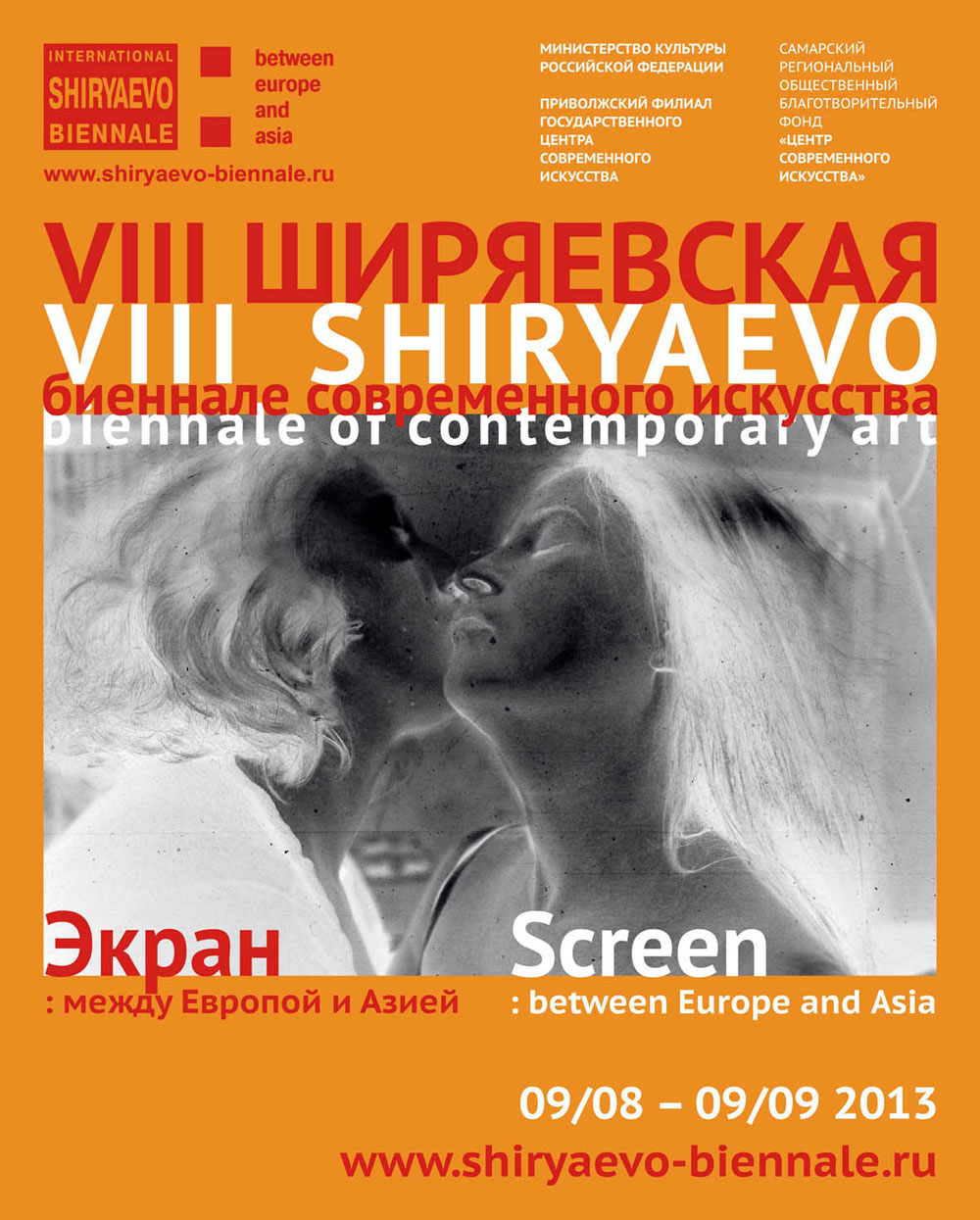
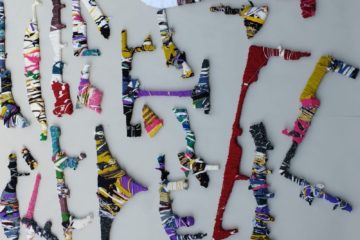
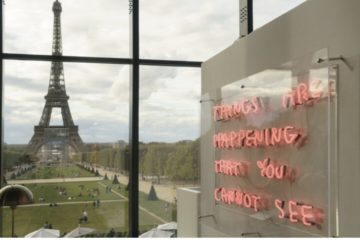
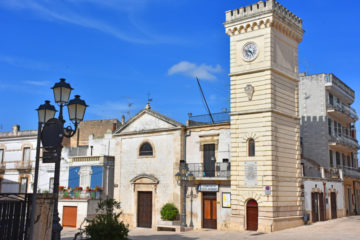
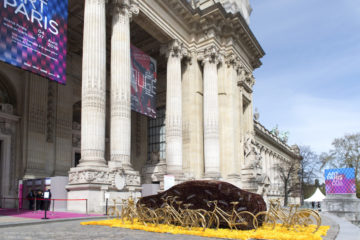

No Comment